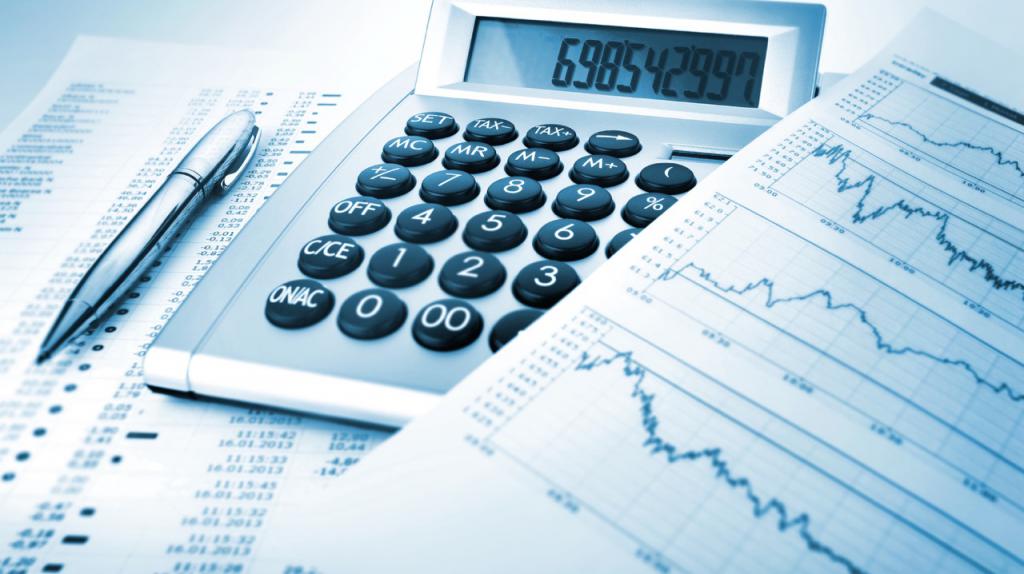Financial stability is the desired state for any enterprise. After all, her achievement is the key to survival in the market for any company. Strong, stable and sustainable enterprises have an advantage over less successful business entities.
general information
You should start with the definition of this concept. Financial stability is a certain state of company accounts, which guarantees its constant solvency. Knowing the limits allows you to engage in such business operations that ultimately lead to an improvement in the situation of the enterprise. To assess the situation, financial stability ratios are used. So called a series of indicators by which you can identify the level of stability of the situation. This is a generalized definition of financial stability.
What is the effect?
The company is influenced by various factors:
- Company position in the market.
- Design and manufacture of best-selling goods.
- The potential for business collaboration.
- The presence of insolvent debtors.
- Dependence on investors and external lenders.
- The effectiveness of financial and business operations.
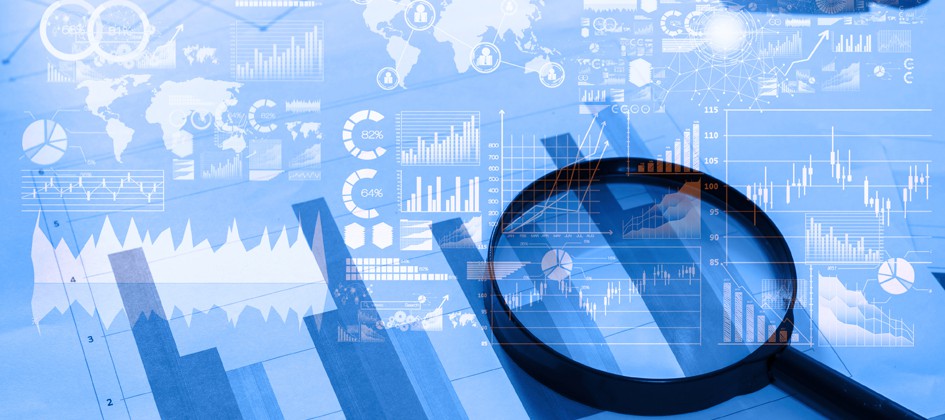
And a number of other factors. Financial stability is characterized by a stable excess of income over expenses. Due to this, it is possible to freely maneuver with the monetary funds that the enterprise has for their effective use. This contributes to the non-stop process of work and sales.
In other words, it is necessary to strive for a situation where the condition, distribution and use of available financial resources ensures the development of the company due to the growth of profits and capital, while maintaining creditworthiness and solvency under the conditions of an acceptable level of risk. All this should be formed as part of the ongoing industrial and economic activities.
Position analysis
Held on a specific date. It allows you to find out how correctly the company managed financial resources in the period preceding the planned date. It is important that their condition meets the needs of the development of the company and the requirements of the market. After all, if there is financial stability - this allows you to ensure solvency.

In another case, there will be no funds for development. It should be noted that if there is excessive financial stability, this leads to an obstacle to development. Indeed, in this case, the enterprise is burdened with excessive reserves and stocks. To get the best possible situation, it is necessary to effectively formulate, distribute and use available resources. Moreover, solvency is an external manifestation of the situation. Learn the exact parameters allows position analysis.
Calculations
You need to start by looking for the answer to the question whether the performance of the enterprise is balanced. Next, you need to calculate all non-current assets. Then sums up capital, reserves, long- and short-term loans and credits. It is desirable that an equal sign could be put between these two obtained indicators. But this is the easiest option. This formula can be complicated. So, assets can include all non-working capital assets with funds in circulation. For the second indicator, in order to obtain more accurate data, you can add all the amounts that are used to cover financial deficiencies.To operate with highly specialized characteristics, coefficients must be calculated. We will return to them.
Important theoretical points
To assess the financial situation of the enterprise without analyzing the existing sustainability - this means consciously frivolously to fulfill the duties. When studying a situation, it is always necessary to compare the state of liabilities and assets. This allows you to find out how ready the company is to repay debts. In addition, the size of assets and liabilities, as well as their structure, is studied. This is necessary in order to answer a number of questions: how firm is financially independent, does this indicator increase or decrease, and does the current situation correspond to the business objectives of the activity.
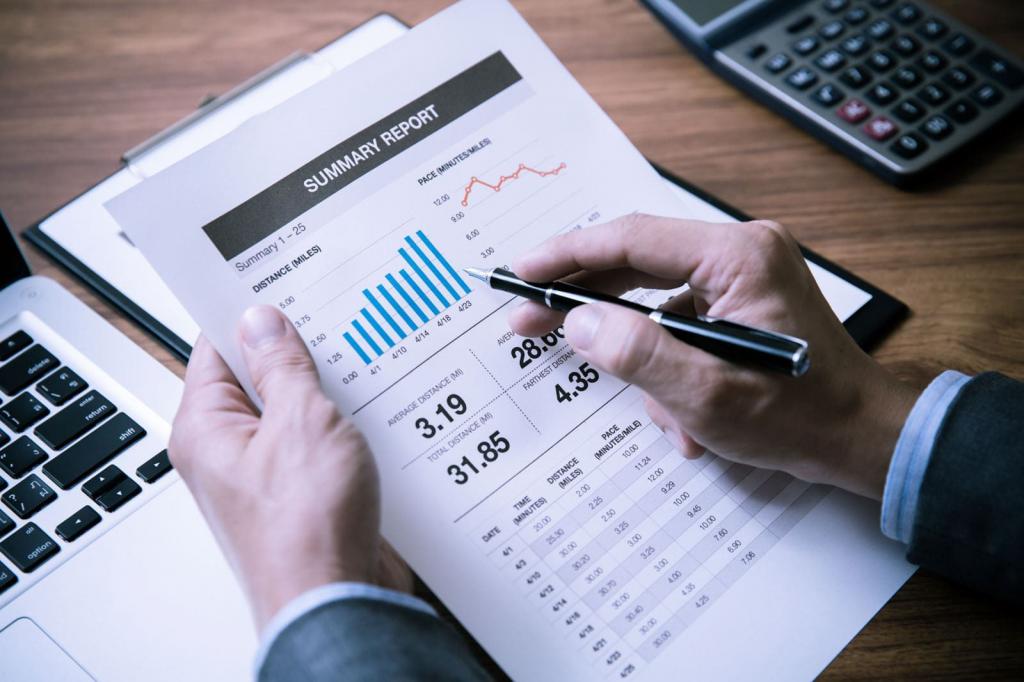
It should be noted that financial stability is a characteristic of an enterprise, which is associated with the general structure and shows how much it depends on creditors and debtors. Consider a small example. There is a company financed by borrowed funds. In the case when several large creditors simultaneously demand their back, it may go bankrupt. That is, in the long term, the evaluation of own and borrowed funds. Provision of costs with sources and formation of reserves is the basis of financial stability. How to provide this?
About sources
In short, they are internal and external. The best option is when all requests can be covered by the strength of the enterprise alone. But, alas, this situation is quite rare. Therefore, it is necessary to take into account both internal and external sources of financial stability.
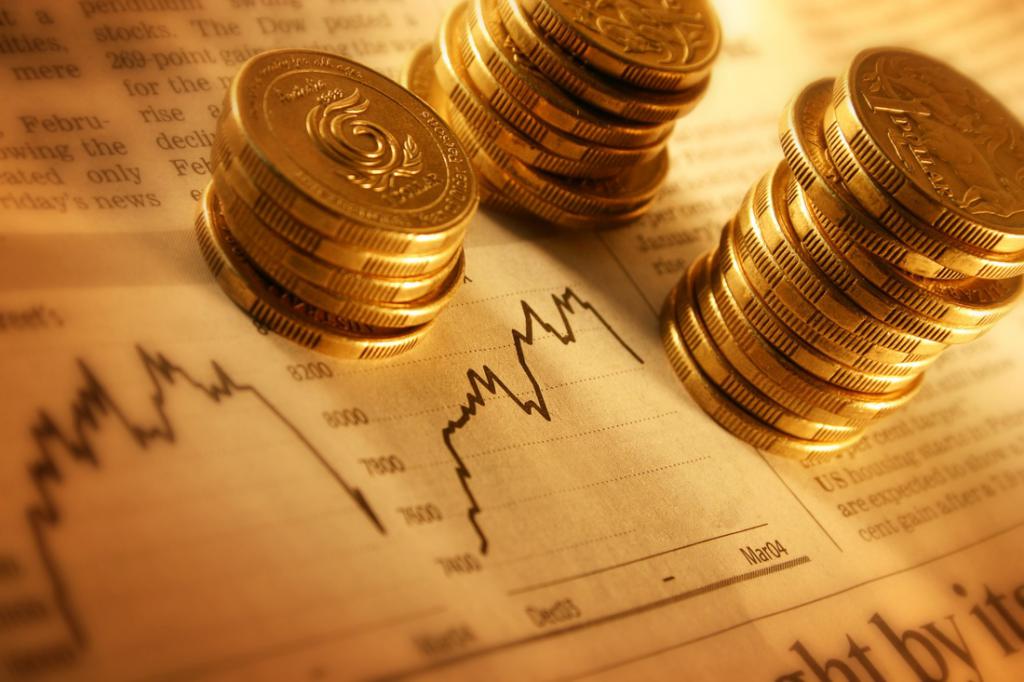
To characterize the current situation, as a rule, three main indicators are used:
- Own working capital. They are the difference between reserve capital and assets that are not related to revenue. This indicator is used to characterize net working capital. If in comparison with the previous period its value has increased, then this indicates that the enterprise is developing.
- The presence of long-term and own borrowed sources of formation of costs and reserves. To determine it, the previous indicator must be increased by the amount of liabilities of a long period.
- The total value of the main sources of formation of costs and stocks. To obtain this indicator, the previous value must be increased by the amount of short-term borrowed funds.
How do the sources fit the needs?
It is also calculable. In order to determine whether the sources of financial stability cover the costs, you can use a simple indicator: stocks are taken away from working capital. If you get a positive number, then this indicates the presence of excess. Otherwise, there is a flaw. It should be noted that an excessively large value, regardless of the sign, is an indicator of problems. So, if there is a minus - the situation of the enterprise is precarious. Financial and economic sustainability is poor. With significant shocks, the probability of bankruptcy is high. Excessive surpluses may indicate that stocks are too small. And at a critical moment, something may not be enough to maintain the production cycle.
About types of sustainability
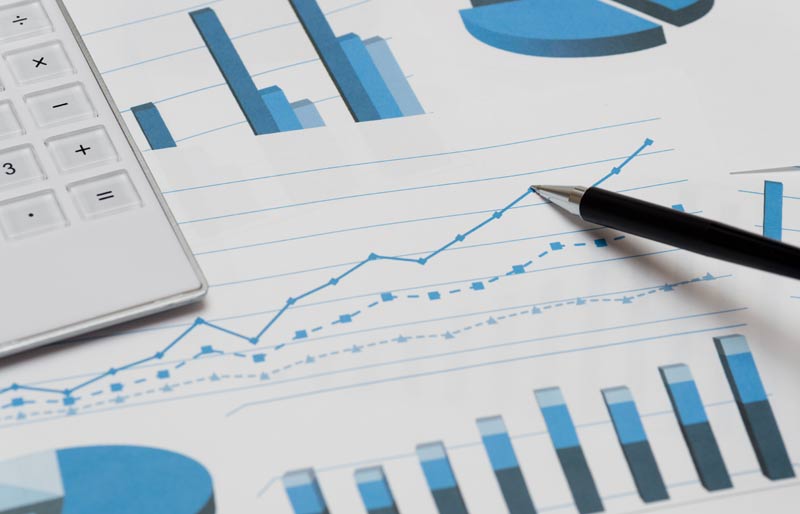
Depending on financial indicators, there are such situations:
- Absolute sustainability of the enterprise. It is very rare. A prerequisite is to cover all stocks entirely at the expense of own working capital. Thanks to this, the company is not dependent on external creditors, even in the slightest. But many economists believe that considering this situation as an ideal situation is a mistake.After all, this suggests that the company’s management does not want, is not able or unable to use the possibilities of external sources of financing of its core business.
- Normal stability of the enterprise. Talks about solvency. It implies that the company successfully combines and uses sources of various origins: own and attracted to cover its costs and replenish stocks.
- Relative financial stability. This is an unstable position. It is characterized by a violation of solvency. But at the same time, it is possible to achieve equilibrium through an increase in working capital and personal funds. The presence of such a provision is considered permissible if the amount of borrowed loans does not exceed the total cost of inventories and finished products.
- Crisis situation. This situation suggests that the company is on the verge of bankruptcy. In this case, receivables, short-term securities and cash cannot cover even past due loans.
About odds
By them is meant the ratio of equity to long-term liabilities. They are used to show the share of their funds in the total indicator of funding sources. The value of the coefficients allows us to judge whether the position of the enterprise is stable, and makes it possible to get an idea of how skillfully the management was carried out. Although it should be borne in mind that the influence is exerted by a large number of economic and production factors, as well as the economic environment.
Concrete calculus

To find out whether the financial stability condition is met, it is necessary to use mathematical calculations to assess the situation:
- Autonomy coefficient. Shows how the company depends on borrowed funds. Obtained by dividing the amount of equity by assets. A normative value is considered to be no more than 0.5. Although it is necessary to take into account industry specifics.
- Coefficient of financial dependence. It is used to characterize how much external funding is needed. Obtained by dividing liabilities by assets. It is desirable that the resulting value is less than 0.8.
- Ratio of own and borrowed funds. Allows you to get the most generalized assessment of the situation. It shows how many units of borrowed funds account for those that are in the property. It is desirable that its value does not exceed a value of 0.7.
- The coefficient of maneuverability of own working capital. The stock of financial stability is far from everything, it is also necessary to skillfully use what is. In order to calculate the value of this coefficient, it is necessary to divide current assets (which belong to the enterprise) by the amount of equity. Economic experts recommend that the value of this indicator ranged from 0.2 to 0.5.
- Equity ratio. It is used to display the sufficiency of its money to finance operational (current) activities.
Conclusion
So what are the goals of financial stability and settlements? Their implementation on a certain date allows us to judge how correct, adequate and effective the strategy adopted and working before it was. It is necessary to ensure that the state of the financial resources of the enterprise meets the requirements of the market. Indeed, otherwise there may be a crisis of insolvency, lack of funds for development.
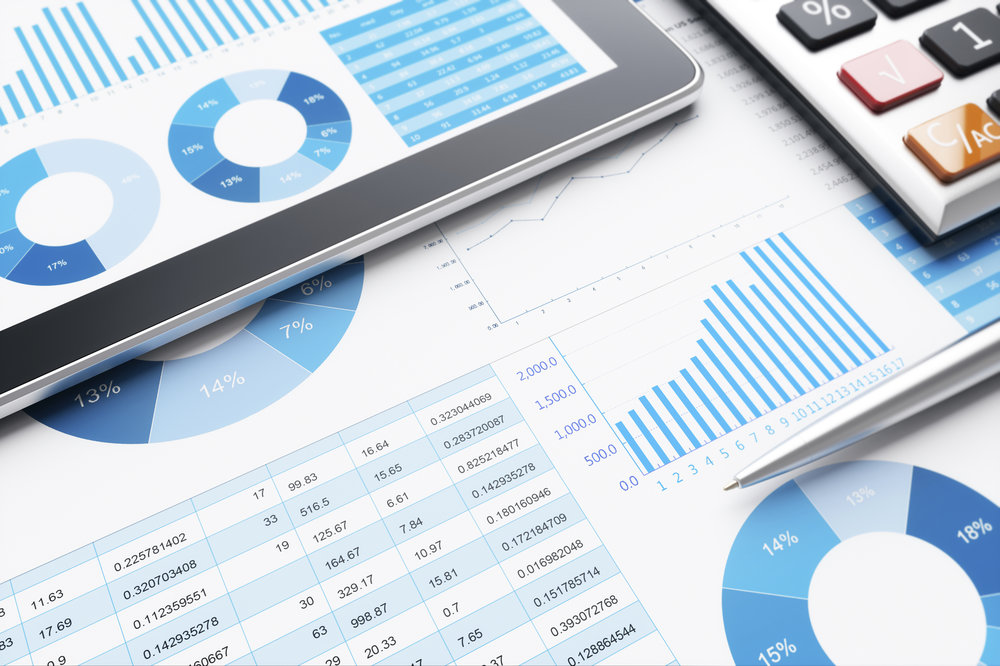
Odds can also help to identify an excess situation when development is burdened with reserves and reserves, which also have to be allocated for servicing.It should be noted that the analysis can be carried out not only using ratios, but also thanks to the net assets indicator.
